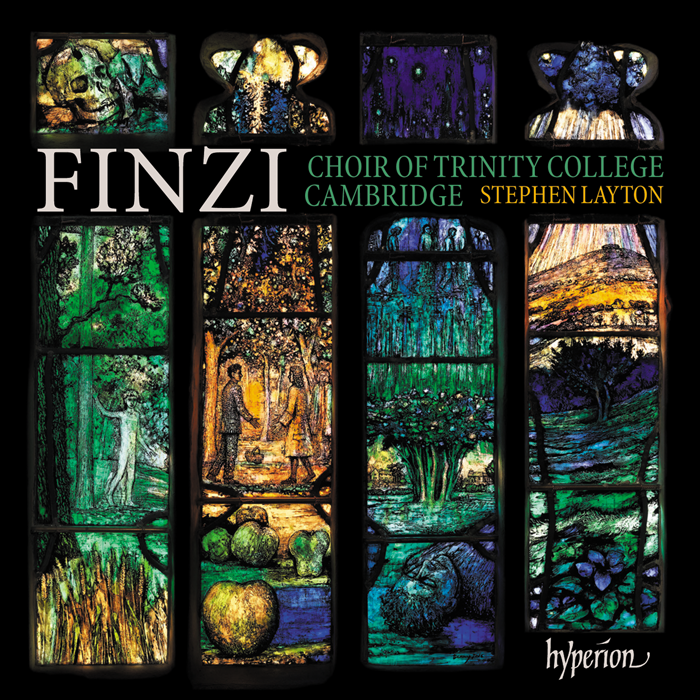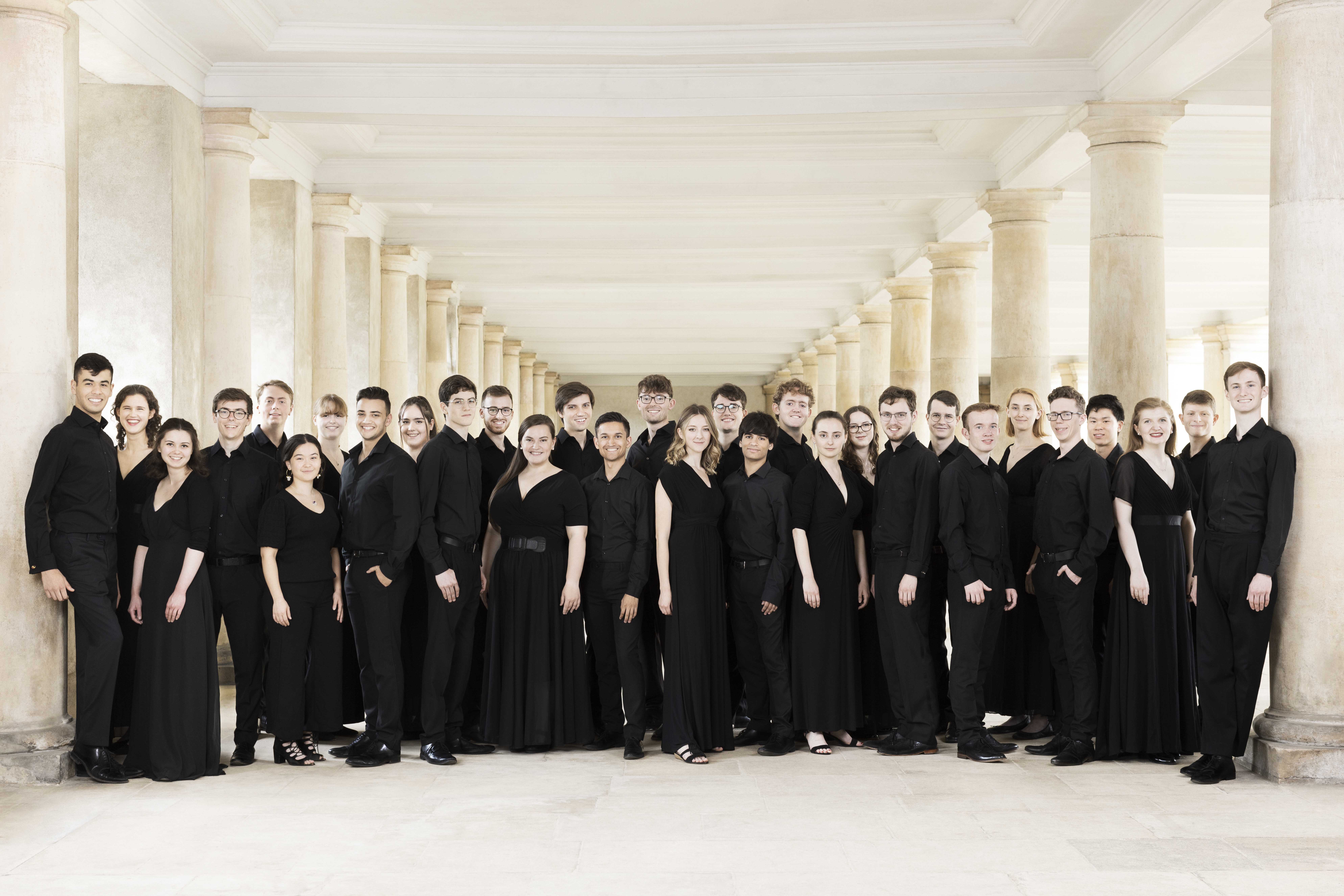Finzi - Choral Works - Opera Today
> See recording details...Finzi’s values were highly individual: his religious views were more spiritual than dogmatic. This Magnificat is not a liturgical setting, but a stand-alone, written for an American college choir. A dramatic organ introduction (Alexander Hamilton), leads to a series of choral and solo variations on the phrase “My soul doth magnify”, garlanding the text with different colours. The process repeats with other phrases, adding texture, ending with the phrase “Forever, forever, forever…” held until it fades into reverent hush. “The apparently rhapsodic freedom of the Magnificat is regulated by a technique whereby melodic contours either emerge as musical ‘anagrams’ of one another or give common prominence to certain intervals”, writes Francis Pott, resembling a corymbus in botanical terms. “In musical terms, this meant that a seminal idea would be added to upon its reappearance, thus heading in a new direction after the initial element of repetition.” David Bednall’s Nunc dimittis (2016), included in this recording, is a homage to Finzi, created (with a Gloria, not included) so the Magnificat can be used in Evensong.
Three miniatures that comprise Finzi’s opus no 27 are heard here, My Lovely One, God is gone up, and Welcome Sweet Sacrifice. The last, from 1951, is heard first, the tracery of the vocal parts echoing the patterns in the Magnificat. Here, the perennially popular God is gone up is augmented by brass fanfare, enhancing impact. Continuing the imagery of the Magnificat, Finzi’s White-flowering Days, was part of “A Garland for the Queen”, a collection of choral songs by different composers, premiered the night before the Coronation in 1953. Thus the “garlanding”, interweaving the parts into a cohesive whole. In Finzi’s Seven Poems of Robert Bridges Op 17 (1935-7) Finzi adapted the first person singular character of Bridge’s poems, which lends itself to unison setting, to polyphonic expression. The third song “My spirit sang all day” with its refrain “O my joy” is lively. For Finzi, the word “joy” signified personal happiness. Joy Finzi meant more to the composer than anything else. Any system of beliefs he held stemmed from the bedrock of their union. The last song “Haste on, my joys” tenderly balances major and minor keys, evoking from Finzi what Pott aptly describes as “an apt canonic rhythm whereby the upper voices seem to be perpetually nudging the lower ones along”. Gerald and Joy, in essence.
Stephen Banfield, Finzi’s biographer, described Lo, the Full Final Sacrifice as ‘intense, almost necromantic atmosphere, laden with incense’, very High Church, Anglo-Catholic in nature. After the unaccompanied Seven Songs of Robert Bridges, the organ introduction feels even more profound. Finzi combines two poems by Richard Crashaw (1612-1649), after St Thomas Aquinas’ Adoro te and Lauda Sion Salvatorum. The mystery of the Eucharist is captured in the contemplative setting, where the choral parts are finely subdivided. As in the text, lines overlap, evoking the concept of communion. “Oh, let that love which thus makes Thee, mix with our low mortality”. The very high tessitura at this point might suggest the bell that signals consecration. In the second section “Rise, royal Sion!” the spirit is fortified by “the living and life-giving bread”. Thus revived, the tenor part (Edward Cunningham) can come to the fore, soaring above the choir. “O soft self-wounding pelican whose breast weeps balm for wounded man”. Joined by the bass (Frankie Postles), and the choir, the piece reaches its resolution, with glorious decoration on the last “Amen”.
Anne Ozorio

Hyperion Records CDA68222
